Music is a key element in podcasts. But bridging the divide between “I want my podcast score to sound awesome” and making this goal a reality is a hurdle many of us face.
Specifically, it can be challenging, even somewhat intimidating, to convey to a music professional — a musician, composer, sound designer — the sound you want for your show. Why is that?
Music is emotional. It’s technical. It’s personal. It’s a craft and art that literally has its own language, and most of us aren’t fluent. Music is mood and tone and pace. It’s also business and money and hours.
That’s a lot. But there are some straightforward steps to follow that can shuttle you from being overwhelmed to actually having confidence (and some fun!) with the process.

Do Not Plan to Hand It All Off to Your Music Person
Yes, I’m starting with what not to do: Don’t hire someone and say, “You’re the music professional, you figure it out.” It’s tempting, isn’t it? They’re the ones who know music. Let them work their magic. Who are you to be telling them about their art form?
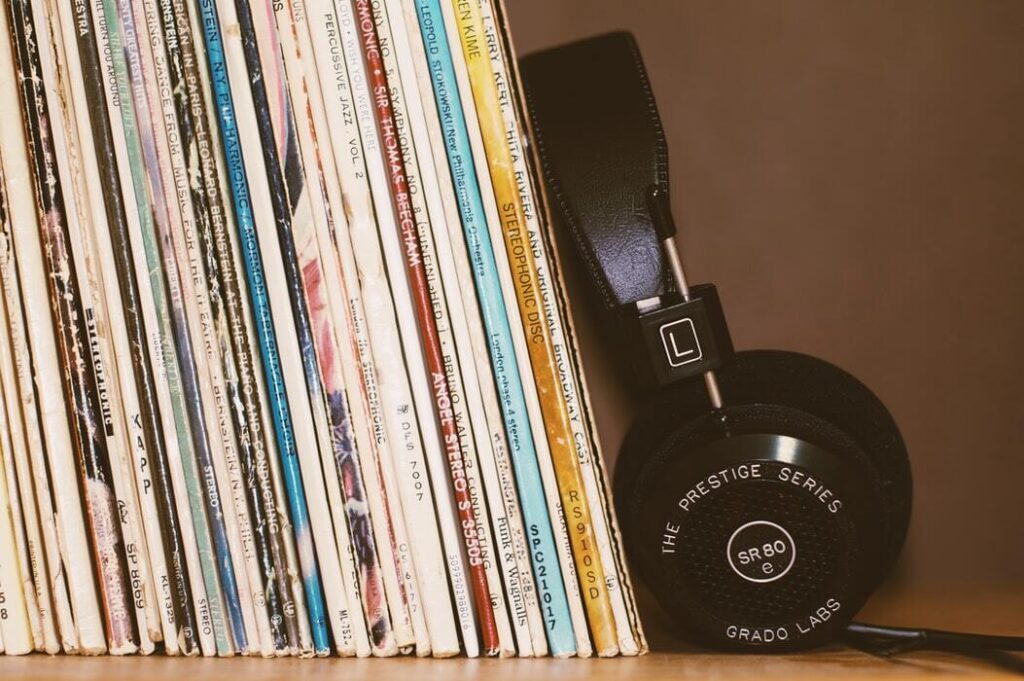
Joel Roston, musician, composer, and co-owner of Titlecard Music, a company that provides music for podcasts and other creative projects, addressed this in a recent workshop about music literacy for content creators — AKA podcasters — at the PRX Podcast Garage in Allston, MA.
The responsibility for getting the sound you want falls on you.
“That’d be like hiring an interior designer and saying, ‘Do what you want,’” Roston said. “And then you come home to a house filled with animal prints, and you hate animal prints.”
Point taken: The responsibility for getting the sound you want falls on you.
Also, assuming your instincts will be enough (the “I’ll know it when I hear it” approach) is wildly unreliable. So, step one in this journey is to realize that you are in the driver’s seat.

Set Expectations Before You Start, and Know How You’ll Get There
There are broader expectations to hone in on before you get started, like when you need your project completed. What’s your deadline? What will your schedule look like? How many rounds of edits or feedback are you budgeting in, time wise and cost wise?
You want what you want, but endless rounds of changes are not a recommended path to success. Define firm boundaries around what you’re going to ask of the sound designer, and stick with them.
Define firm boundaries around what you’re going to ask of the sound designer, and stick with them.
Know the Scope of Your Project
Ian Coss, a sound designer whose many credits include Radiotopia’s Over the Road, notes that you should have a clear plan for what exactly you’re hiring your music person to do.
Be clear about how much music you have in mind, and where it will be positioned. Will you only need an intro and outro theme? Are you looking to score a single episode? An entire season?
Also know how you want to source your sound. Is someone writing original music for you? Are you using a music library? Your budget will play a large role in this decision.

Know the Details of Your Project
Music is there to serve your story and your show. It is not the main course.
Zach Davis worked with a composer who was new to podcasting for Ministry of Ideas, one of the shows he hosts and produces. Davis and his team provided notes about exactly where the music should exist and what the tone and mood should be.
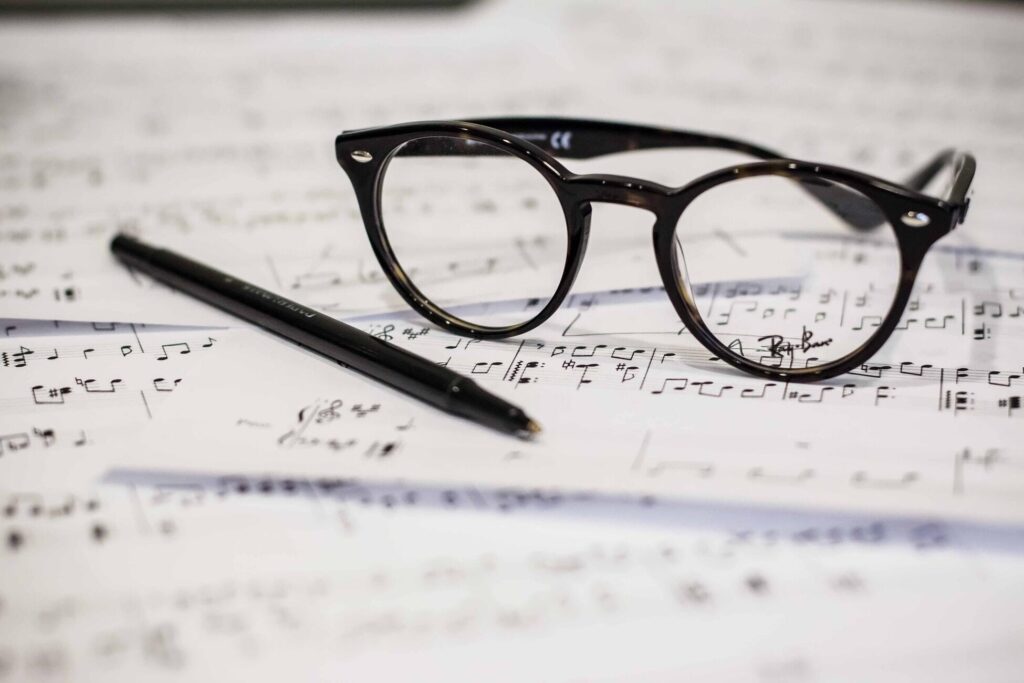
Another podcaster, Wade Roush, has worked with composers for his own show, Soonish, as well as Deep Tech, the show he hosts and produces for MIT Technology Review.
Music in podcasts is punctuation.
Both podcasters communicated in detail how they wanted the sound to interact with the narration. For the intro music he commissioned for Deep Tech, Roush made clear the exact amount of time the music would stand alone, and exactly at what point it would switch to layering under narration.
Davis emphasizes an important aspect of sound design, which is being aware of what’s going on around the music. As he points out, music in podcasts is punctuation.
Be mindful of what the music is working in service of: Is it transitioning the listener from one clip to the next? Building to a dramatic conclusion? Providing emotional context? Changing the tone? Keeping the listener’s ear engaged? Sometimes music provides an opportunity to take a break in the action and offer a moment to reflect.

Know Thyself and to Thine Own Self Be True
Roush recommends having a very clear vision about your podcast project as a whole. Understand your show’s mission, its intent. Identify your show’s genre, be that health and fitness, tech, or true crime. What is your show about?
Know what sort of tone and mood you want to set. Is your show serious? Funny? Intense? What are the emotions and feelings you want to evoke from your listeners? And, who is your target audience?
Is your show serious? Funny? Intense? What are the emotions and feelings you want to evoke from your listeners?
The clearer you are about the personality of your show and the role you want it to fill, the easier it will be for you to figure out the type of music that’s going to fit best.
If you find yourself getting stuck in this process, Roush suggests leaning on experiences you may have had with other creatives, like graphic designers or artists. What tools and language did you use to communicate your vision to them?

Inform Yourself
Engage thoughtfully with music. Listen, a lot and intently — to other podcasts, to different types of music, to the scores for movies and TV.

How are other people making music work for the stories they’re telling? How does what you're listening to make you feel? What music conveys the feelings you want for your show? What do you like, and why?
Listen, a lot and intently — to other podcasts, to different types of music, to the scores for movies and TV.
Develop some vocabulary around what you’re hearing and what it’s doing. Is it scary? Sad? Uplifting but curious? Maybe you’d say the music is “bouncy” or “dreamy” or “frenetic.”
Roston urges people to dismiss concerns about not sounding musically proficient. You don’t need to learn music theory or how to read a score to effectively communicate your ideas. But you do need to get comfortable with how you talk about sound.
The more details you can identify, the better. Are there instruments you’re drawn to? A beat you like? A tempo that works for you?

Be Specific and Use Examples
Because you’re going to be listening to a lot of sound and paying close attention, you’ll be able to land on examples of shows or music that you like. Share these with your composer or sound designer and let them know what it is you like about what you’re bringing to them.
As a sound designer, Ian Coss suggests getting together and listening to music with the professional you’ve hired. This is an effective way to develop a shared vocabulary.
Alternatively, send your music samples with detailed notes. This way, when you say, “I like the part of the song from 1:32 to 2:04 where the sound becomes really jagged and intense and scary,” your composer will understand exactly what “jagged and intense and scary” sounds like to you personally.

Stay Flexible

While falling in love with certain music can be creatively satisfying, Joel Roston warns of a few pitfalls. Take the music you listen to when working on your show, or the temporary music you may use as a stand-in. It’s not uncommon for creators to get so attached to this music that they’ll only be satisfied with some facsimile for the actual score.
It’s important to distinguish between what you’re used to hearing and what will best serve your show’s final product.
It’s important to distinguish between what you’re used to hearing and what will best serve your show’s final product. This is not a rut you want to fall into, or drag your sound designer through. The goal here after all is not to end up with copycat music. Producer beware.

Have Some Fun!
You’ve set aside a nice budget to hire a professional to score your podcast. What a marvelous opportunity to add that additional layer of richness to your show with someone who is going to help your vision come to life.
The trick, going back to Roston’s perfect analogy, is to be honest and clear using the vocabulary you have. Maybe you’ll be thrilled with your designer’s choice to use animal prints, but there’s a lot of variation in that category. A little extra effort will ensure your show matches your true style.
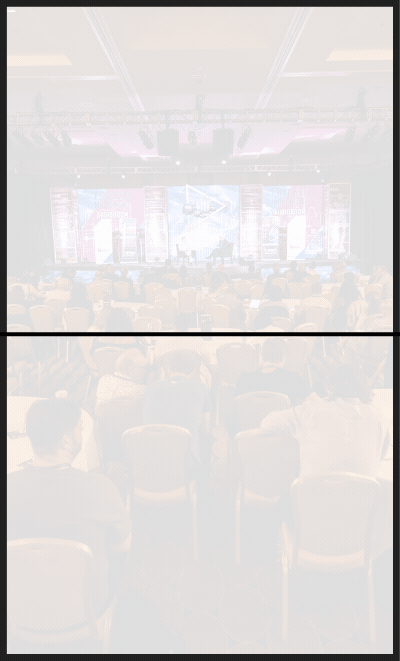
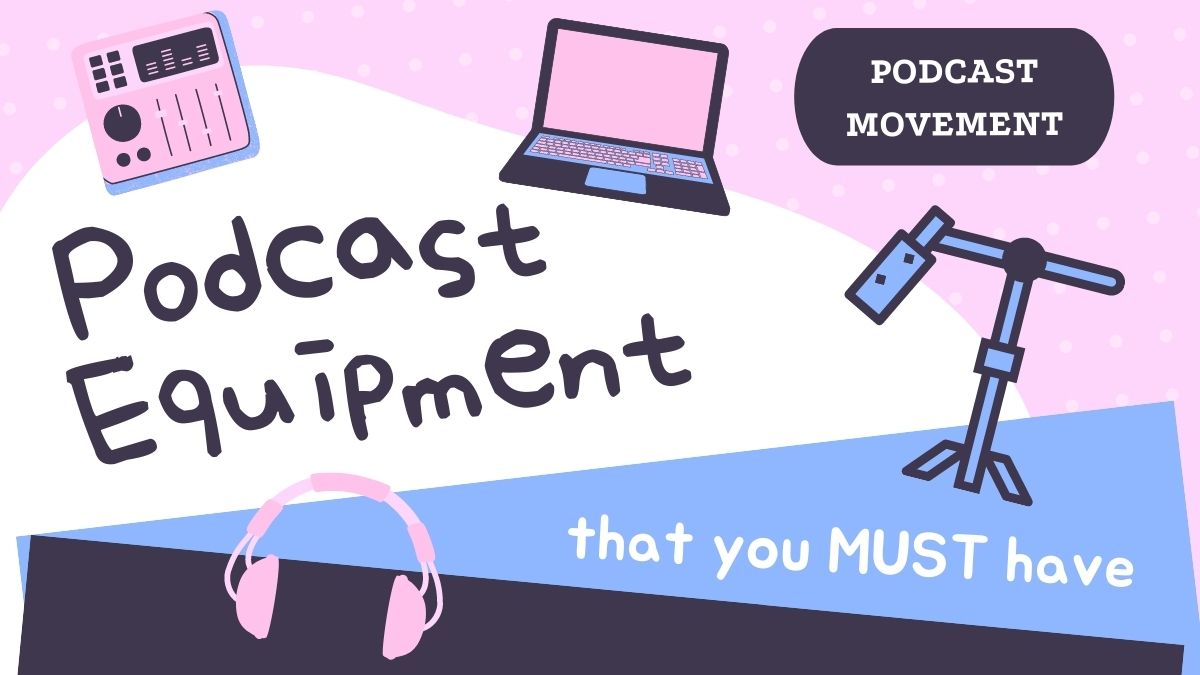
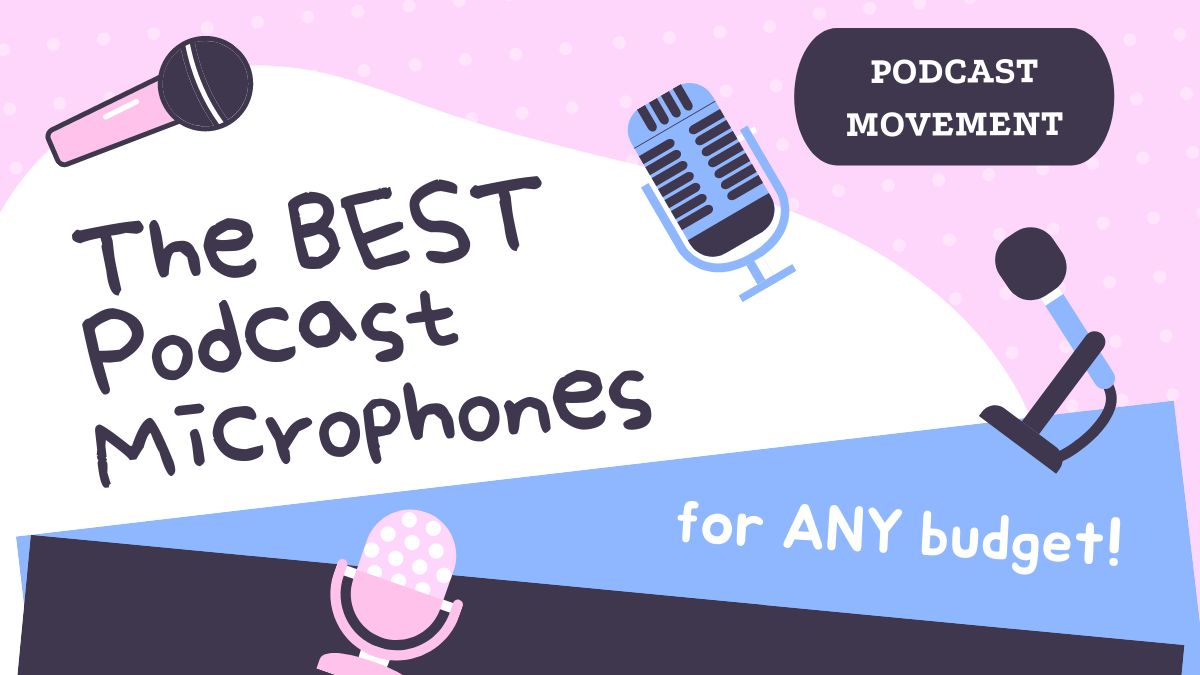
Join the Movement